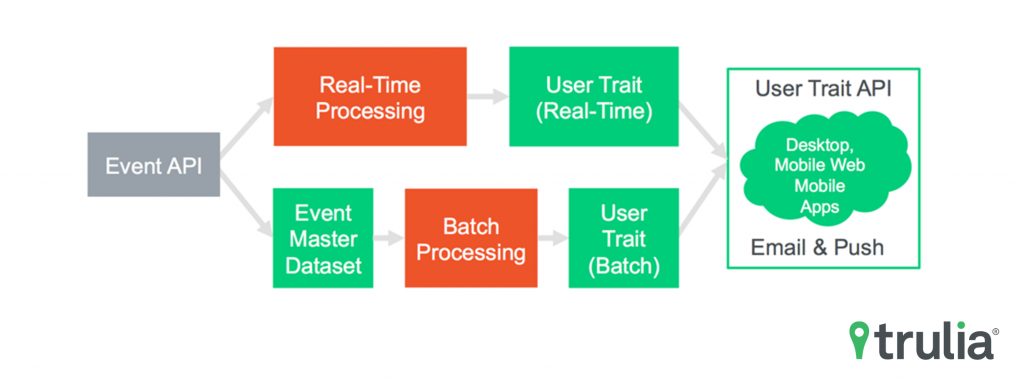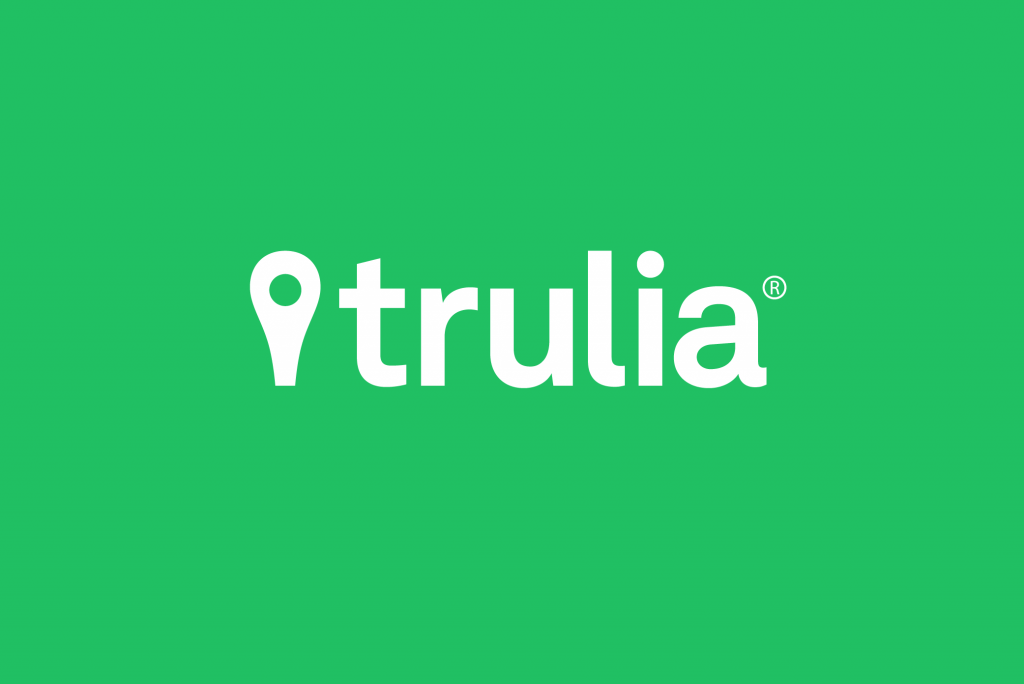Our goal here at Trulia is to provide consumers with an amazing experience by giving them unique insights and information to help them make the best decision on buying or renting a home. To help achieve this, we’re constantly working to address relevancy challenges and we’ve worked to transform the way consumers search for a home. And, we’re also using predictive analytics to drive consumer engagement.
Personal Relevancy
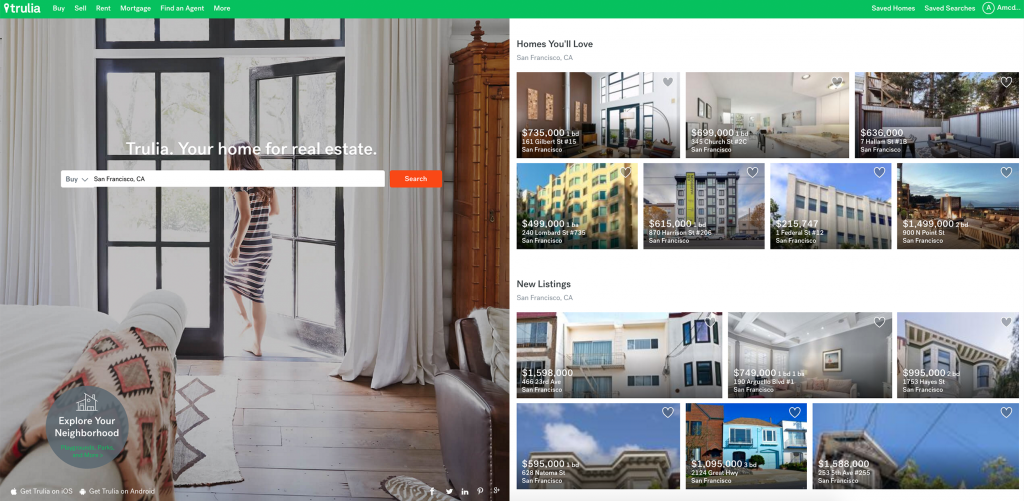
Trulia’s homepage shows collections of homes based on what you’ve shown interest in.
Because we all have unique preferences, needs, and criteria, personal relevancy is incredibly important in house hunting. Relevancy – as you know – is a very general term, so we recognize two types of relevancy at Trulia: 1) Personal, which is very narrow and 2) Individual, which is much broader. We focus on the latter. Meaning, we don’t just show consumers homes that match their past search criteria, we’ll also suggest additional homes that are similar to their past searches that they might also be interested in.
To provide this level of personal relevancy, we leverage two data sets:
- Content: Includes listings, public records (taxes, deeds), and location-aware data like neighborhood crime scores and schools, walking scores, and more.
- Intent: Includes consumers’ unique needs and preferences, which is what we’ll dive into in this post.
How We Leverage Data
The process of delivering personal content starts with collecting quality and accurate data. We have a real-time events collection layer that collects data when our consumers interact with Trulia on Web, mobile Web, and our apps, then publishes that data to our events queue. We still have our legacy tracking system in a few places, so we make sure that data collected there also gets published to our events queue, ensuring we don’t lose any valuable data.
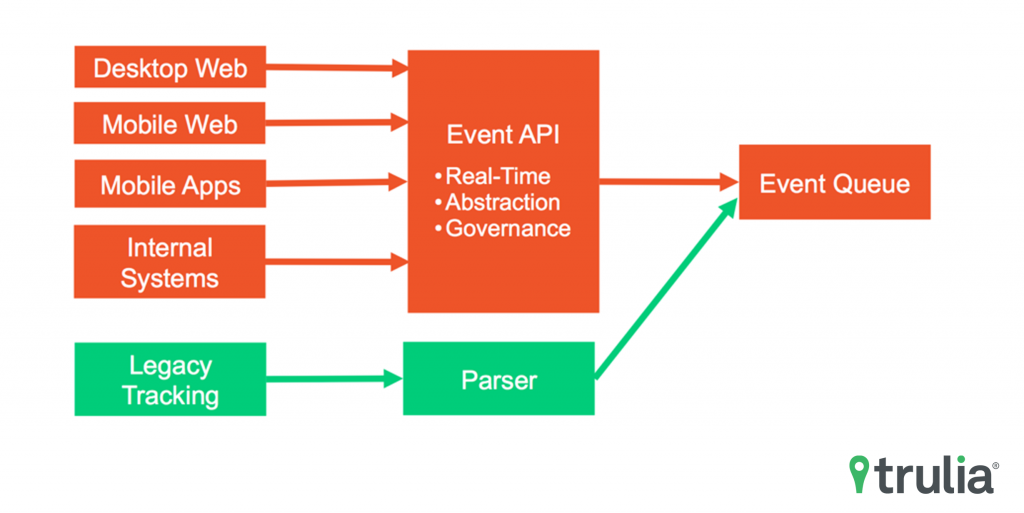
The Trulia Event Journey
Events are consumed in real-time to provide relevant experiences to our consumers via our user traits layer. We first aggregate user events, such as property page visits, saved properties, photo views, etc., then leverage our user property data science model to come up with a score for how relevant a property is to the user based on all the interactions the user has had with that property. We evaluate two signals: explicit signals, such as saved properties, and implicit signals, such as the percentage of photos they have viewed.
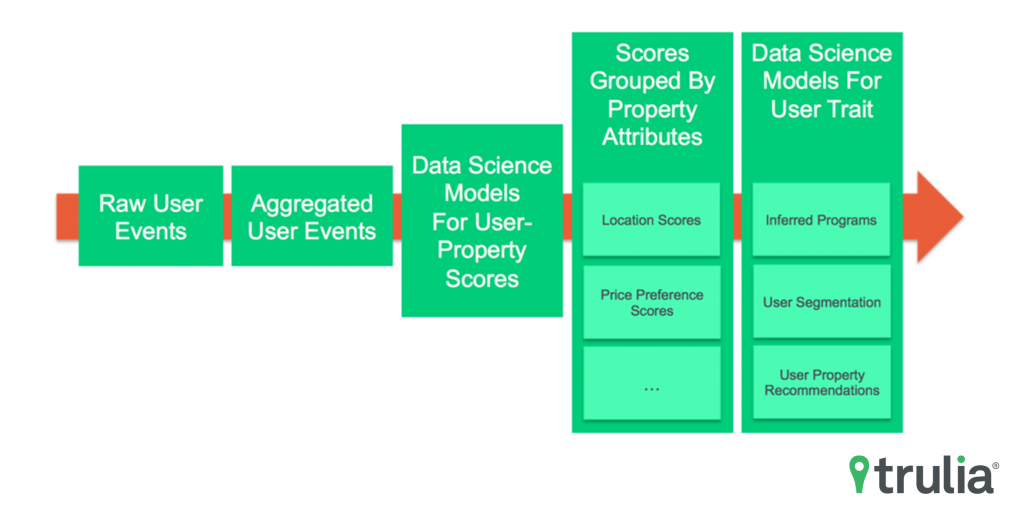
We then aggregate scores by property attributes – such as location, price, number of beds, baths, etc., and use the scores to build programs and products like user segmentation, inferred programs, and user property recommendations.
Taking things further, we look beyond single user interactions and evaluate all Trulia users for a “Global View” of interactions. This allows us to recommend additional properties to a consumer that might be outside of their previous search criteria. To do this, we use a collaborative filtering technique to generate a property similarity graph, which is then also fed into user property recommendations. Meaning, for example, that if I’m looking at a property and another consumer is looking at the same property and bounces to a second property, there’s a likelihood I’ll also interested in that second property, so Trulia would recommend that second property to me based on my needs.
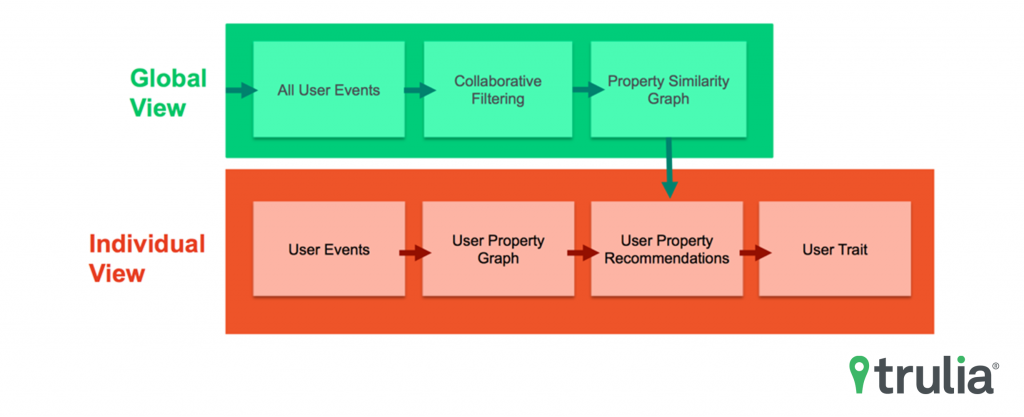
Integration with Platforms and Products
To bring the process full circle, we also integrate our user trait data with all platforms, including emails and push notifications, to engage consumers and provide them with an easy and enjoyable experience.
As a result, consumers who visit Trulia are constantly seeing content that’s individualized to their needs, helping them get the information they care about fast.
